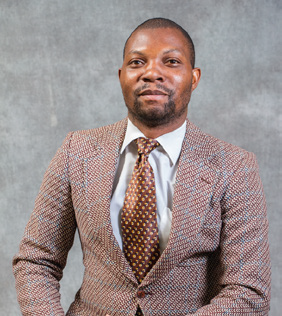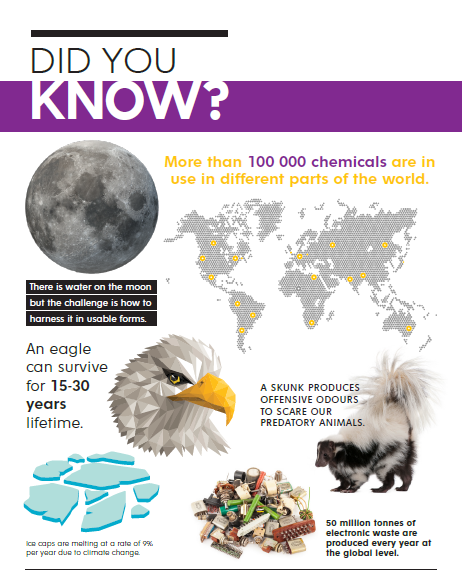Imagine making a cup of coffee using water harnessed from the fog! Dire situations are befalling countries of the world due to the advent of climate change. Water scarcity has already driven some countries into conflict, sexual exploitation, crop losses and low food security. Globally 1 in 10 people lack access to water. This number is set to increase in years to come.
Due to necessity, new innovative ways of doing things are emerging. Fog catching has emerged as a technology of harnessing water from areas of high altitude.
Fog nets woven from polypropylene and other synthetic materials can be used for fog catching. Careful erection in a symmetrical shape, coupled with a mechanism to collect at the bottom is proving to sequester high yields of water.
High altitude is associated with fog and low lying clouds. As this cold air passes through the fog catching site, it passes through a film of synthetic material thereby condensing the water vapour. Micro-droplets of water condensing during fog catching can support irrigation and drinking water.
Over a long period of time, droplets can yield significant amounts of water which can be deployed to users of water. Erratic droughts and low precipitation will surely drive many communities to implement fog catching if the right weather conditions permit. Pessimists believe that this technology is taking things to the extreme. In other cultures it is also viewed as a preposterous, obnoxious and overzealous attempt to conquer nature.
Climate change is here permanently to stay. Being able to adapt to climate change is of paramount importance to the sustainable development of the world. Fog catching is one of the latest ways of harnessing water resources in drought prone areas.

In areas where fog catching is being done, an average of 500 litres of water per fog net can be harnessed every day. There is a need to ensure that fog catching is scaled-up in different parts of the world including in countries which lack adequate water resources.
The key conditions for ensuring that fog catching works well for sustainability, is the need to erect fog nets in areas where fog is prevalent enough to sustain adequate daily yields of water. Without this climatic condition, there is risk of creating a “white elephant” through fog catchers which are not viable.
African countries such as Morocco are scaling up fog catching at a viable scale which supplies communities. In the age of climate change and uncertain weather conditions, supplementing rainfall with fog catching is necessary in the quest for sustainable development. Improving water supply will require novel solutions and change in the way of doing business.
Fog harvesting is indeed a novel way of providing freshwater. In order for it to work, fog catching nylon, polythene or polypropylene is placed between 2 perpendicular poles. The system should be perpendicular to the direction of the wind in order to yield the highest level of water.
Inspection and maintenance of fog nets is necessary in order to ensure that there is longevity of the systems. The key advantage of fog catching is the fact that it is effortless and requires no energy input, construction is not complicated and does not require skilled personnel.
This technology produces clean water which is not contaminated. In areas with fog catching capabilities, ranges of collection are between 5.3 litres per square metre to 13 litres per square metre per day. According to United Nations Environment, fog catchers can last up to 10 years when effectively erected.
The challenge of fog catching is that it is very difficult to predict the patterns and behaviour of weather. The construction of fog catching infrastructure can result in the damage of flora and fauna. Transportation of material to potential sites is also a barrier due to steep slopes and lack of accessibility. Despite these obstacles, fog catching will dominate water availability solutions in the years to come.

Author
-

Tawanda Collins Muzamwese is the Editor in Chief of the Green Business Gazette Magazine. He is is an international consultant in sustainable business development with massive experience in training, consulting and auditing. He has facilitated capacity development in more than 100 enterprises drawn from over 30 countries. He is the founder of the sustainability think-tank called Toxiconsol Consultancy t/a African Sustainability Consultants. He is the Editor in Chief of the Green Business Gazette Magazine. He is a consultant and business coach with over 13 years experience. Tawanda is a Management Systems Consultant working on promoting development and implementation of ISO Standards (ISO 14001:2015, ISO 9001:2015 and ISO 45001:2018) in both developed and developing countries. With his inspirational and pragmatic writing style he has written cutting edge books including: 1) How to grow a Side-hustle into a viable business - Overcome Salary Dependency 2) The Leading Consultant: How become an authority in your professional field 3) Step-by-Step Guide to implementing Safety, Health, Environment and Quality Management Systems 4) Stepping on Higher Perspectives: Greatness Tips Motivational Series 5) Sustainability Guidebook for Boards and CEOs: Leading from the front Tawanda writes about sustainability, motivation, safety, health, environment and quality management. His books are relevant to both developed and developing countries. With practical approaches and case studies, he provides incisive insights into entrepreneurship. His philosophy is based on the premise that every human being has potential to make a significant difference in their lifetime. He writes books on taking personal responsibility for progression in life. He motivates entrepreneurs to implement income generating projects and determine their own financial destiny. He also motivates companies to take up sustainability initiatives. A start-up coach, public speaker, environmentalist, safety, health and quality management expert, Muzamwese bridges the gap between theory and practice through building capacity and sharing practical case studies in his books.
View all posts



